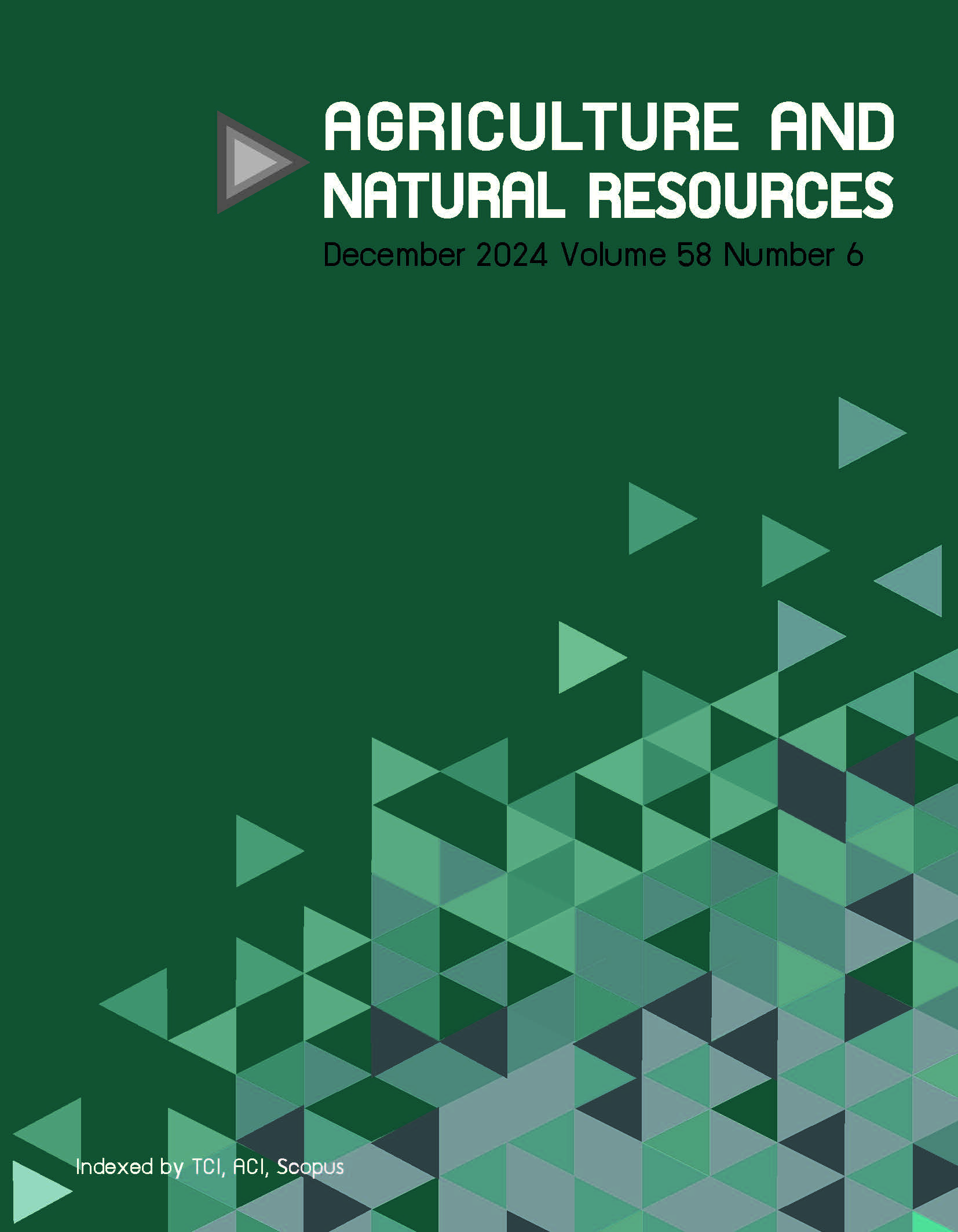A GIS–driven Suitability Analysis of Crop Resilience to Climate Change in Son La Province, Vietnam
Keywords:
Future climate, Climate suitability mapping, Mountainous region, Agricultural sustainability, Geospatial analysisAbstract
Importance of the work: This research addresses the critical impacts of climate change on land suitability for key crops in Son La Province, Vietnam. Research gap: Lack of comprehensive understanding of the effects of climate change on crop suitability in the mountainous regions of Vietnam. Objectives: To assess climate change impacts on crop suitability under current (1970 – 2000) and future (2081 – 2100) climate change scenarios. Materials and Methods: Using a weighted linear combination (WLC) approach, environmental factors such as annual temperature, accumulated precipitation, slope, soil type, humidity, and depth were modeled in ESRI ArcMap to generate suitability maps for fruit tree species (i.e., mango, longan, and custard apple) and staple crops (i.e., maize and rice) under current and two future (climate change scenarios using Shared Socioeconomic Pathways (SSPs) 1–2.6 (optimistic) and 3–7.0 (pessimistic). Results: Under current conditions (1970-2000), most land is marginally suitable for fruit trees and staple crops. Future climate scenarios project a 27-60% reduction in unsuitable land for mango and longan, with increases in marginally and moderately suitable areas. Mango gains 14 km² of moderately suitable land under SSP1-2.6 and 185 km² under SSP3-7.0. Custard apple sees a 65% decrease in moderately suitable land under SSP1-2.6, but a 3,175% increase under SSP3-7.0. Maize unsuitable land decreases by 10%, with moderately suitable areas expanding to 3,691 km². Paddy rice unsuitable land reduces by 37-47%, with 76 km² of moderately suitable areas. Main finding: The results suggest that future climate scenarios may improve land suitability for key crops, highlighting the need for national agricultural policies to incorporate adaptive strategies that leverage emerging opportunities for the mountainous regions.
Downloads
Published
How to Cite
Issue
Section
License
Copyright (c) 2024 This is an open access article under the CC BY-NC-ND license (http://creativecommons.org/licenses/by-nc-nd/4.0/), production and hosting by Kasetsart University Research and Development Institute on behalf of Kasetsart University.online 2452-316X print 2468-1458/Copyright © 2022. This is an open access article under the CC BY-NC-ND license (http://creativecommons.org/licenses/by-nc-nd/4.0/),
production and hosting by Kasetsart University of Research and Development Institute on behalf of Kasetsart University.







